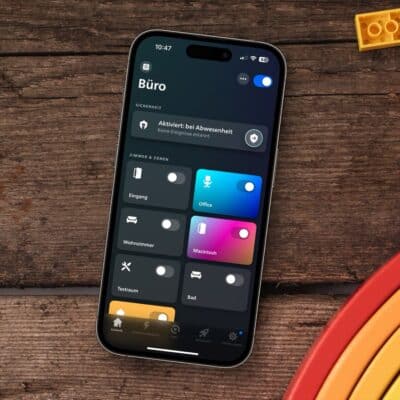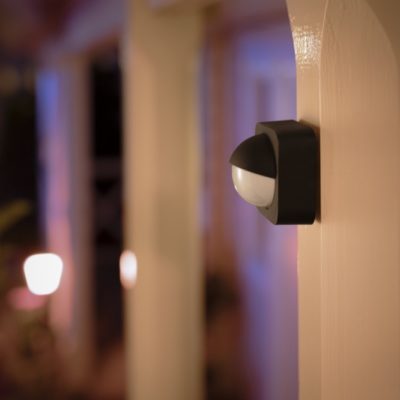I have already been asked this question several times, and I also discover it again and again in social networks or in the community. Manfred also had problems with the motion sensor in the same room after setting up new Hue lamps.
I connected two new Hue White bulbs on the bridge and put them in an existing room with two other bulbs and a motion detector. Now they only turn on by light switch or app, but not by motion. However, they switch off automatically after the configured time period. What have I done wrong?
You have to take a closer look at the way a motion detector is configured in the Hue app. When switched on, a certain scene is activated, also depending on the respective time of day. If the light is then switched off again after the set time, on the other hand, a switch-off command is sent to all lamps in the room.
The problem: The motion detector controls scenes in which the new lamps are not yet present. Or it still has the standard scene in memory without the new lamps.
The solution: Simply configure the desired scenes with the new lamps in the room concerned and save them once. Then open the settings of the motion detector, select the scenes again and also save them. Afterwards, the control via the motion detector should work as desired.
Very similar problems can occur in other places after adding new lamps to the Hue Bridge, for example with automations or switch assignments. Here, too, the “dusty” scenes are usually the culprit.
Philips Hue Motion Sensor
$44.99 / £39.99 / €44,99
Note: This article contains affiliate links. We receive a commission for purchases via these links, which we use to finance this blog. The purchase price remains unchanged for you.





























